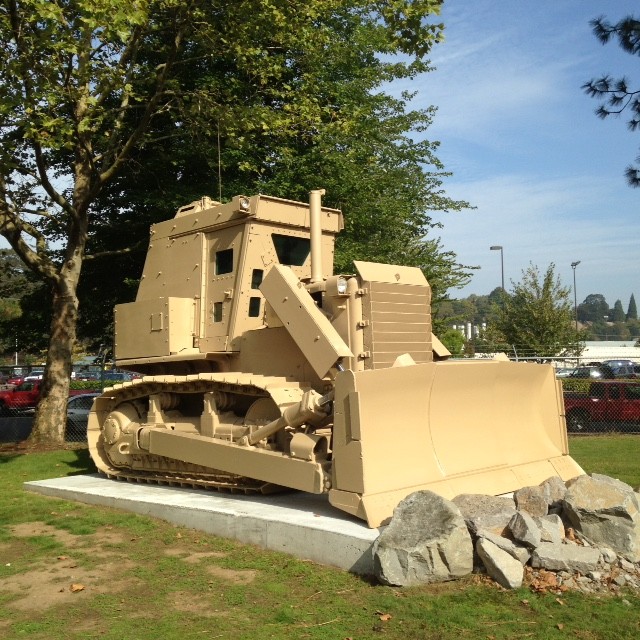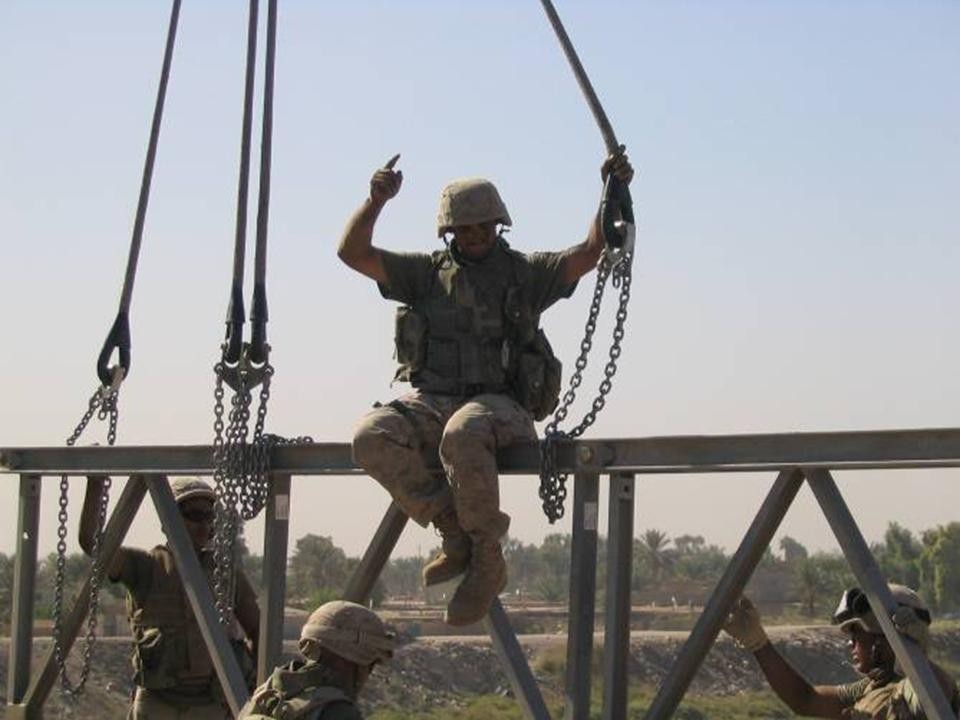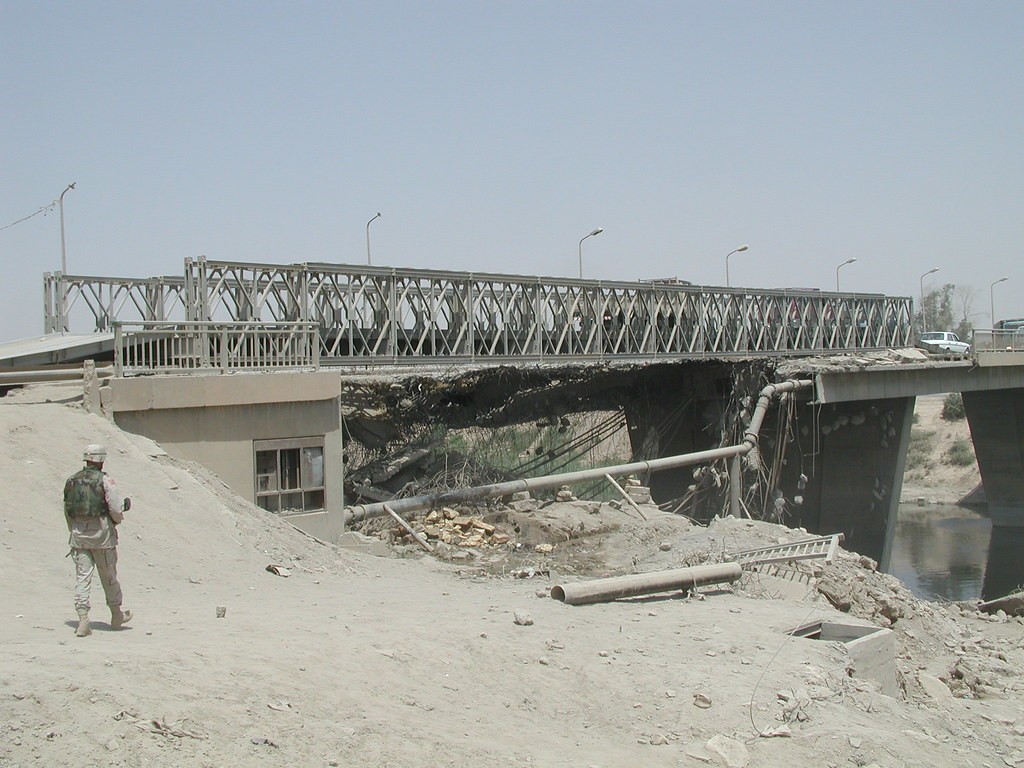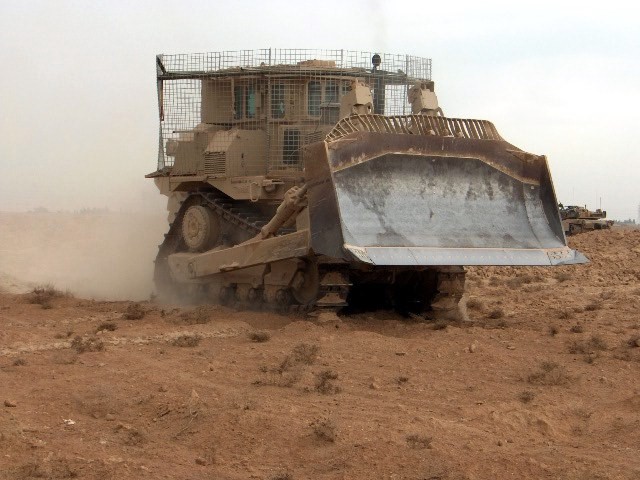Part 1 The United States Marine Corps has Unwisely Divested its Assault Breaching and Bridging Capabilities
By Col Michael C. Howard USMCR (Ret)
“Bridges are always a central feature in war. Battles and campaigns are often decided by who holds the bridge, or seizes the bridge, or destroys the bridge.”
Stephen Ambrose
Pegasus Bridge
The year is 2035 and United States #Marines are fighting a different enemy and in a different location than planned. In 2020, the Marine Corps had assured itself that the next fight would be against the People’s Liberation Army Navy (PLAN) in the South #China Sea region. But wars are unpredictable. This war is half a world away from the Pacific and against a near peer competitor army. It is not the naval war the Marine Corps had completely restructured and reequipped itself to fight.
Fifteen years earlier, Marine Corps senior leadership had hired contract gaming firms to “test” a new force design concept and validate the conclusions they wanted. Too many senior Marines had dismissed the time proven lesson learned by the Israelis in the 1973 Yom Kippur War, where “if everyone is thinking alike, then no one is thinking.” Breaking with Marine Corps tradition, the senior leadership insisted that everyone get in step and think alike. Non-approved discussions, papers, and briefings were not tolerated. Debate was silenced in the schoolhouses at Quantico. Input from retired and former Marines who had hundreds of years’ experience in the crucible of combat were arrogantly dismissed. Non-Disclosure Agreements were routinely used to prohibit discussion and debate.
Unlike previous wars in which Marines had exceled, this time they were fighting without the tools needed to defeat a well-equipped and determined foe. The Marines had no tanks, insufficient cannon artillery, and inadequate close air and helicopter assault support, the essential components needed for combined arms operations. But something else, desperately needed, was also missing. The Marines were being forced to slow down or stop at every natural and manmade obstacle they encountered. The infantry’s cries “Engineers Up,” for the first time in Marine Corps history, fell on deaf ears. Commanders faced the cold realization that the only engineer units available were various Bulk Fuel detachments far in the rear that could do nothing tactically in the critical areas of assault breaching or bridging. Marines were forced to stop their attack when encountering any minefield or any stream or obstacle over ten feet across. The location where the Marines were fighting was peppered with such obstacles.
The anti-ship missiles and associated equipment bought to sink Chinese warships in the Western Pacific were no help on this battlefield. The Marines needed armor, immediately available direct support artillery, and more air support. And they needed a bridging and breeching capability. U.S. Army and other nearby coalition units were heavily committed and could provide no assistance. The Marines were stuck, unable to maintain the offensive momentum that has characterized United States Marines in every conflict and war since the founding of the Nation. What had gone so terribly wrong?
The scenario portrayed is not fanciful. It would happen today if United States Marines were fighting a determined enemy almost anywhere in the world. The ugly truth is Marines no longer have the full “toolbox” of capabilities needed to conduct combined arms operations in the traditional sense. Aside the ill-advised divestments in infantry, tanks, cannon artillery, assault amphibious vehicles, and aviation, the Marine Corps has jettisoned all its bridging and assault breaching capabilities. All the divestments were made to self-fund future, experimental capabilities. No reductions were mandated nor even suggested by the Department of Defense. None of the needed equipment tossed aside was directed by the Congress or others. These crippling cuts were forced upon a robust, healthy, highly adaptable Marine Corps by a narrow, dubious concept that envisioned fighting a known enemy in a specific location. Senior Marine leaders codified this approach in their capstone planning document Force Design 2030 (March 2020).
Force Design 2030 is a significantly flawed document that has seriously eroded the capabilities of Marines to respond quickly and effectively to any threat, anywhere. Many of the most serious flaws are pointed out in the recent article, “Our Concerns with Force Design 2030,” authored by two retired 4-star Marine Corps generals. Simply stated, Force Design 2030 poses a significant risk to national security.
The Marine Corps’ myopic fixation on the Chinese Navy at the expense of more likely global threats is misguided and dangerous. The loss of combat capabilities needed to fight and win today and tomorrow have been repeatedly articulated by many former and retired Marines in over 70 articles, published in the local and national media during the past eight months. An area not yet fully explored is the adverse impacts of the Marine Corps’ decision to divest all bridging and assault breaching capabilities from its inventory. Bridging and breaching are not just combat multipliers. They are often the keys to winning or losing battles today and in the future.
The Marine Corps Combat Engineer Battalions and the Engineer Support Battalions have been robbed of the capabilities needed to support Marine infantry in the attack. The Combat Engineer Battalion is an essential part of every Marine Divisions. The Engineer Support Battalion is equally essential and organic to the Marine Logistics Groups, which provide combat service support to the entire force.
Continue reading part 2:








